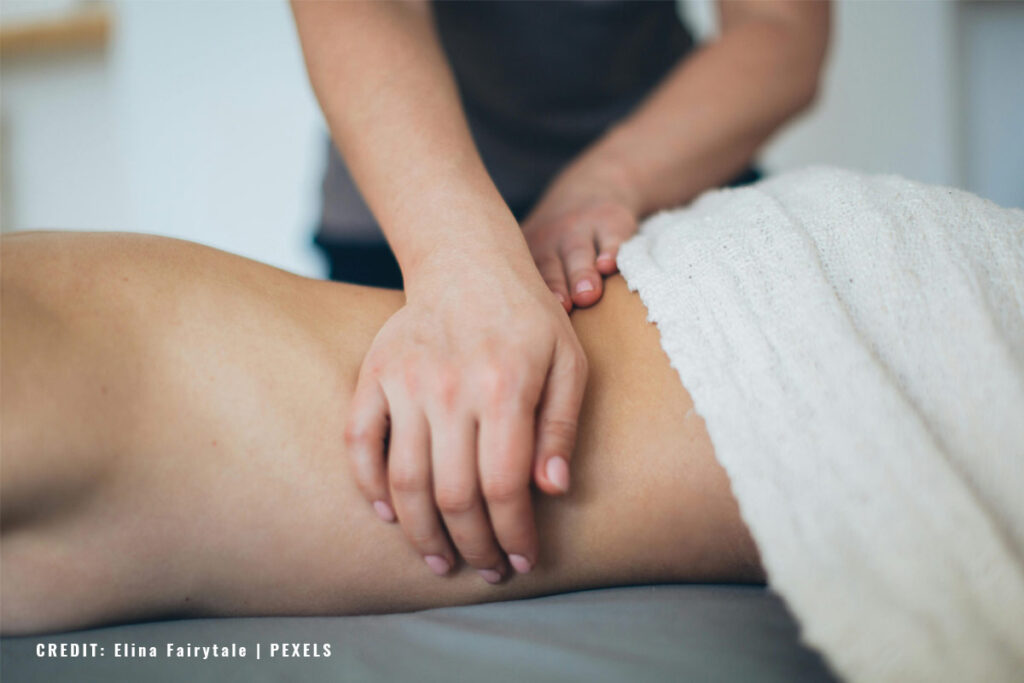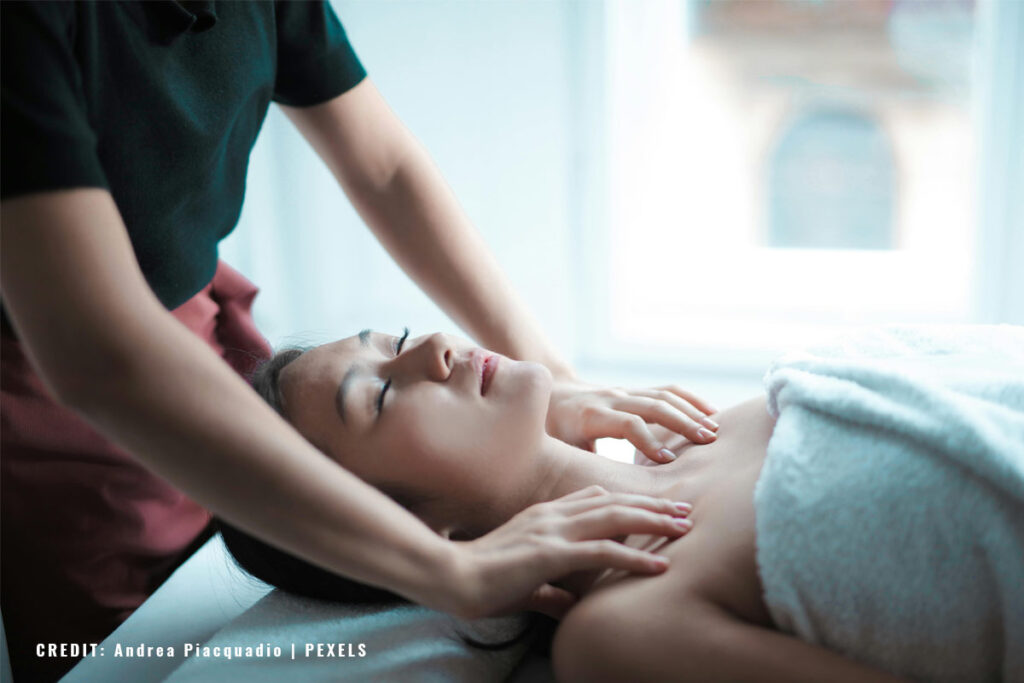Can You Get Too Many Massages? Understanding Frequency and Risks
Massage therapy is widely recognized for its ability to relieve stress, ease muscle tension, and promote relaxation. Many people schedule regular sessions to maintain their overall well-being, but some wonder if too many massages can have negative effects. Understanding how often you should get a massage and recognizing the potential risks will help you make informed decisions about your treatment schedule.
The Benefits of Massage Therapy
Massage therapy has numerous benefits that improve both physical and mental well-being. It helps relieve muscle pain, reduces stress, and enhances circulation. Knowing these benefits can help you determine the right frequency for your sessions.
Massage therapy helps reduce muscle tension and chronic pain by improving blood flow and loosening tight muscles. Many people find relief from back, neck, and shoulder pain after a session. Regular massage can also help manage conditions like fibromyalgia and arthritis.
The calming effect of massage lowers cortisol levels, reducing stress and anxiety. It promotes the release of endorphins, which improve mood and create a sense of relaxation. Many people use massage therapy as part of their self-care routine to maintain emotional balance.
Massage stimulates blood flow, helping oxygen and nutrients reach muscles more efficiently. This can speed up recovery from injuries and reduce muscle stiffness. Better circulation also supports overall cardiovascular health.
By loosening tight muscles and improving joint mobility, massage therapy enhances flexibility. This is especially helpful for athletes or individuals with physically demanding jobs. Improved flexibility can also reduce the risk of strains and injuries.
How Often Should You Get a Massage?

The ideal massage frequency depends on your health goals, lifestyle, and physical condition. Some people benefit from weekly sessions, while others find that monthly treatments are enough. Understanding what affects your needs can help you create the right schedule.
If you need relief from chronic pain, frequent massage sessions may be beneficial. Those using massage for stress management may not need sessions as often. Your massage therapist can help you determine the best frequency based on your wellness goals.
Individuals who engage in intense physical activity may require more frequent massages. Athletes, labourers, or those with physically demanding jobs often benefit from biweekly or weekly sessions. If you have a sedentary lifestyle, a less frequent schedule may be enough to maintain muscle balance.
People with chronic conditions such as arthritis or migraines may benefit from consistent massage therapy. However, the intensity and frequency should be carefully managed to avoid worsening symptoms. It’s important to communicate with your therapist about any discomfort after a session.
If you are getting massages for relaxation and maintenance, monthly sessions may be sufficient. This allows your body to recover between treatments while still experiencing the benefits. Occasional massage can also be a good way to reset after periods of high stress.
Risks of Overdoing It: Can You Get Too Many Massages?
While massage therapy offers many benefits, excessive sessions can lead to unintended effects. Overstimulating the muscles and nervous system may cause discomfort or other issues. Knowing the risks will help you maintain a balanced routine.
Frequent massage sessions, especially deep tissue treatments, can leave your muscles sore. This happens when tissues are repeatedly manipulated without enough recovery time. If soreness lasts beyond a day or two, you may need to space out your sessions.
Excessive pressure on muscles can lead to bruising or minor tissue damage. Repeated intense massages without proper healing time may weaken muscle fibres. It’s essential to give your body time to recover to avoid long-term strain.
Too many massages can overstimulate the nervous system, causing tingling or numbness. If you experience prolonged discomfort after a session, your body may be signaling that it needs a break. Adjusting the frequency or opting for a lighter massage can help prevent irritation.
- Overstimulation of the Lymphatic System
Massage helps move lymph fluid through the body, but excessive treatments can overwhelm the system. This may lead to fatigue, swelling, or feeling unwell after multiple sessions in a short time. Allowing your body time to process and recover between massages can help maintain balance.
Frequent or aggressive massage can sometimes increase inflammation instead of reducing it. If you notice persistent swelling or tenderness, you may be overdoing it. A well-paced schedule will help you avoid unnecessary strain on your muscles and joints.
How to Know If You’re Getting Too Many Massages
Your body provides signals when it needs rest or a change in routine. Recognizing these signs can help you adjust your massage frequency. Ignoring discomfort may lead to long-term issues.
- Increased Pain or Discomfort
If you feel more pain after a massage than before, you may need to reduce the frequency. While mild soreness is normal, persistent discomfort could mean your muscles are being overstimulated. Pay attention to how your body responds after each session.
Feeling drained after a massage is common, but extreme fatigue could indicate overstimulation. If you regularly feel exhausted after a session, spacing them out may be necessary. Proper hydration and rest can also help improve post-massage recovery.
Frequent or intense massage can cause bruising, indicating excessive pressure. If this happens often, you may need to adjust the pressure or allow more time between sessions. Bruising can be a sign that your tissues are not healing properly.
If you notice that your usual massage no longer provides relief, your body may have adapted. Taking a break or changing the type of massage may restore its benefits. A variety of techniques can help maintain effectiveness.
How to Maintain a Healthy Massage Routine
A well-balanced massage schedule maximizes benefits while avoiding negative effects. Making small adjustments can help ensure long-term wellness.
- Consult with a Professional
A licensed massage therapist can assess your needs and recommend an appropriate frequency to avoid overstimulation. They can also adjust techniques and pressure levels to match your comfort and physical condition. Open communication ensures you receive a safe and effective treatment that supports your overall well-being.
- Balance with Exercise and Stretching
Massage is most effective when combined with regular movement, as stretching and low-impact exercises keep muscles flexible. Engaging in activities like yoga or walking can prevent stiffness and reduce reliance on frequent massage sessions. This balance helps maintain muscle health while avoiding unnecessary strain from excessive treatments.
Your body provides clear signals when it needs rest, and paying attention to these cues is essential for recovery. If you feel persistent soreness or fatigue after frequent massages, it may be a sign to space out your sessions. Adjusting your schedule based on how you feel prevents overstimulation and promotes long-term benefits.
Giving your muscles adequate time to heal ensures massage therapy remains beneficial rather than counterproductive. Waiting at least a few days between sessions prevents excessive strain and allows your body to fully absorb the therapeutic effects. A well-paced schedule supports lasting relief and reduces the risk of overuse injuries.
When to Avoid Massage Therapy
Certain conditions make massage therapy unsafe or ineffective. Understanding when to skip a session can prevent complications. Always consult a healthcare provider if you are unsure.
Massage should not be applied to fresh injuries like sprains or strains, as it can increase swelling and slow down healing. Pressing on an injured area too soon may cause further tissue damage, leading to more pain and a longer recovery. It’s important to wait until the inflammation subsides and the body has begun healing before introducing massage therapy.
- Skin Infections or Open Wounds
Massaging infected or broken skin can spread bacteria and increase the risk of further infection. Open wounds are already vulnerable, and applying pressure can cause irritation, delay healing, or worsen the condition. Allowing the skin to fully recover before getting a massage helps prevent complications and ensures a safer experience.
- Certain Medical Conditions
People with blood clots, deep vein thrombosis, or heart conditions should consult a doctor before getting a massage. Increased circulation can dislodge clots, affect blood pressure, or put unnecessary strain on the cardiovascular system. Professional medical advice ensures that massage therapy is safe and tailored to an individual’s health needs.
Prenatal massage can be beneficial, but certain techniques and pressure points should be avoided to prevent complications. Deep pressure on the abdomen, lower back, or certain trigger points can cause discomfort or even stimulate contractions. A trained prenatal massage therapist knows how to provide a safe and comfortable experience for both the parent and baby.
Find Balance with Massage Therapy in Oshawa at PARC of Ontario

Maintaining a healthy massage routine is key to maximizing its benefits while avoiding unnecessary strain. If you want to improve relaxation, relieve pain, or reduce stress, finding the right frequency matters.
At PARC of Ontario, our massage therapists can help you determine the best schedule for your needs. Whether you’re looking for occasional relaxation or ongoing pain relief, we tailor each session to your comfort level. Call us at (905) 579-9938 to book your massage therapy in Oshawa today and experience the benefits of a well-balanced routine.





